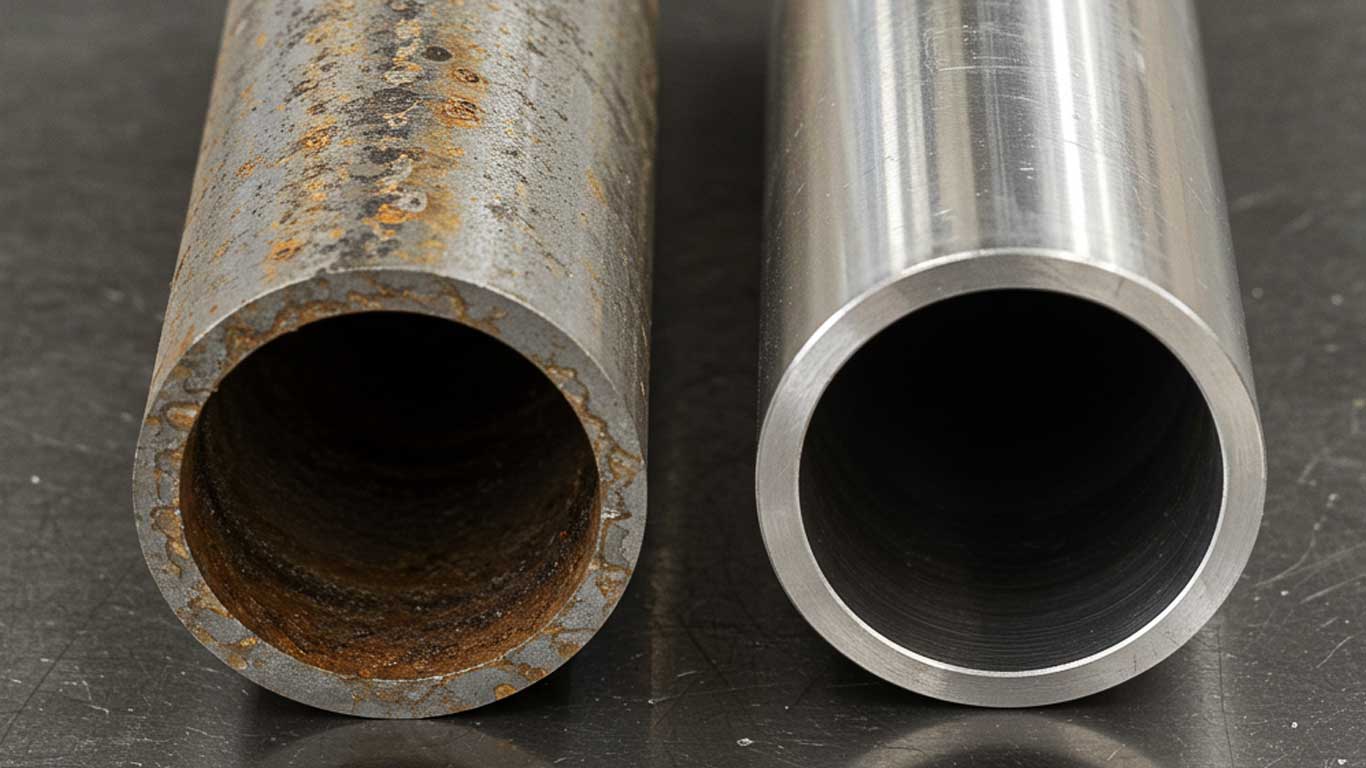
FDA
FDA 21 CFR 1040.10 - Laser Product Performance Standards



Aluminum, as non-ferrous metal, stands out from ferrous types because it reflects laser energy highly and conducts heat rapidly, so cleaning process removes contaminants like oxides without heating base material much. After treatment, surface exhibits smoothness and corrosion resistance improves, making it suitable for applications in aerospace and automotive where precision matters.
When laser cleaning aluminum, you'll want to check it at 1000x magnification first. You'll see gritty oxide layers and embedded dirt particles clinging tight, roughening that 0.8 μm surface and hiding the metal's smooth potential. It's like a dusty film that dulls the low-density 2.7 g/cm³ structure we've all dealt with.
After treatment, the surface gleams clean—zero porosity means no traps for residue. We've found the laser blasts away contaminants without scratching, leaving a pristine finish that boosts that 90 MPa tensile strength shine. Smooth sailing now.

FDA 21 CFR 1040.10 - Laser Product Performance Standards

ANSI Z136.1 - Safe Use of Lasers

IEC 60825 - Safety of Laser Products

OSHA 29 CFR 1926.95 - Personal Protective Equipment